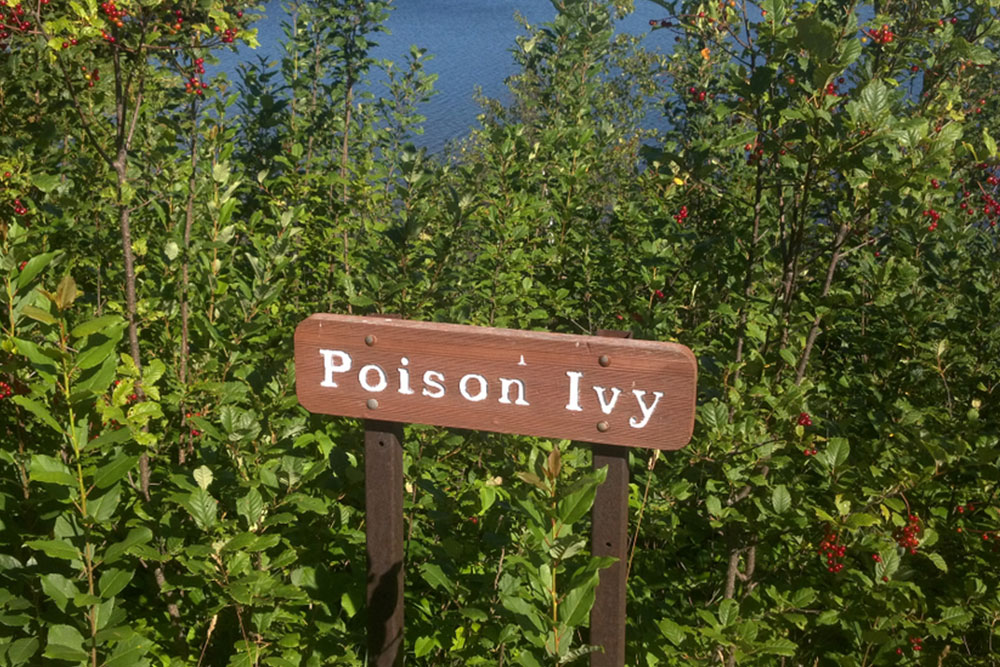Symptoms and Ways to Treat Poison Ivy Rashes
Poison ivy is a toxic plant widely found throughout the country. This plant, upon contact with human skin, causes a painful rash, known as contact dermatitis.
The rash is caused by an allergic reaction to an oily resin, called urushiol, which is found in the leaves, roots, and stem of the plant. If you come in contact with the oil, wash your hands immediately to avoid the rash. In case it develops, it may be extremely itchy and last for weeks.

Mild cases of poison ivy rash can be treated at home, using cool baths and soothing lotions. However, if the rash becomes widespread and severe, you may require proper medical evaluation and suitable medication.
Common symptoms of poison ivy rash
Usually, the rash appears after 12 to 48 hours of the contact and lasts up to 2-3 weeks. The most common symptoms include:
- Swelling
- Redness
- Itching
- Blisters
- Difficulty in breathing. This usually happens if you have inhaled the smoke produced from the burning of poison ivy.
The severity of the rash depends upon the amount of urushiol that comes in contact with your skin. If this oil is more, the rash will be more intense.
Usually, the rash looks like a straight line because of the way the plant brushes against your body. If you come in contact with urushiol through pet fur or some piece of clothing, the resultant rash will be more widespread. This rash can be spread to other parts of your body through your fingers.
Treatment of poison ivy rash
There is no specific poison ivy treatment available on prescription. The rash generally clears up on its own with 2-3 weeks. However, there are some options that can help to lessen the severity of the symptoms.
- Changing clothes and showering
It is important to take a shower and wear fresh clothes after coming home from outside. Rinsing the body thoroughly with cool and soapy water can help to remove any traces of urushiol oil if done within one hour of the contact. - Soaking in cold water
Soaking in cold water is an effective poison ivy treatment as it helps to ease the burning sensation as well as itching. A cool oatmeal bath is a great way to go in this case. It is important to note that you should not rinse your body with warm or hot water as it will further aggravate the symptoms. - Over-the-counter medicines
Over-the-counter medicines and topical creams are another effective poison ivy treatment as they help to relieve the itching.
Oral antihistamines are great for curbing the symptoms of an allergy. Such medicines are beneficial for easing itching and inflammation. But sometimes, these medicines may cause drowsiness. Thus, one should not drive or operate any machines for at least 3-4 hours after taking these medicines. Taking oral antihistamines is often recommended before bedtime as these ease itching and aids the person in taking a peaceful, uninterrupted sleep.
Topical diphenhydramine is also helpful in alleviating itching. But sometimes, it can cause further inflammation, making the affected area more red and sore. Therefore, using them carefully would be wise.
If the rash is too severe, you can talk to your doctor and take oral corticosteroids. Injectable corticosteroids are given to further prevent the rash from worsening.
Sometimes, antibiotics – both oral and topical are also prescribed as a poison ivy treatment, if the rash becomes infected. However, do not scratch too much or burst any blisters. This can make the rash infectious.
Cool compress
Cool compress helps in soothing the affected area. Soak a clean washcloth in cold water and apply to the affected area for 15-30 minutes. Repeat the process several times in a day to lessen the symptoms.
Prevention tips
In order to minimize the risk of poison ivy rash, make sure to:
- Learn to identify the plant so that you can avoid it
- Clean your shoes and clothes after coming from outside
- Wash the skin immediately with cold water in case of contact with the plant
- Using an OTC cream formulated with bentaquatam, before going outdoors to an area with poison ivy plants
- Clean your pets thoroughly to avoid the spread of rash through them
When to see a doctor?
If none of the poison ivy treatment options seem to alleviate the painful symptoms, you should consult your doctor. Also, seek immediate help if:
- The rash is widespread and severe
- If you experience difficulty in breathing
- The skin continues to swell
- The rash spreads to the eyes and face
- Blister get filled up with pus
- You also have a fever
- The rash takes more than a few weeks to clear up
So now that you know all about poison ivy symptoms and treatment options, you can keep a lookout for the same and opt for the suitable treatment option. However, it is important to seek proper medical consultation before proceeding with any line of treatment.